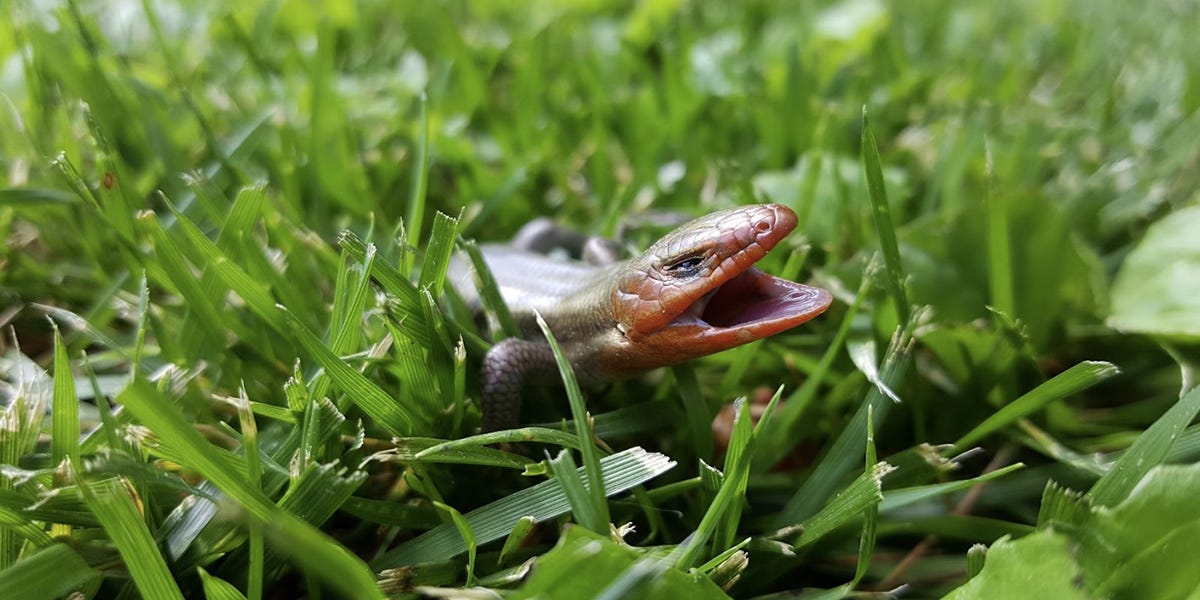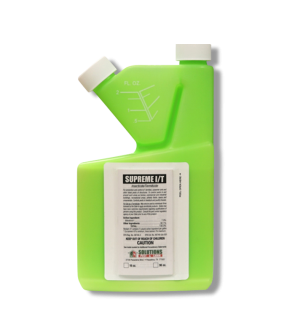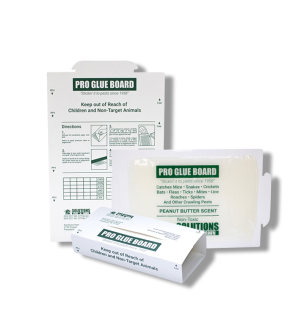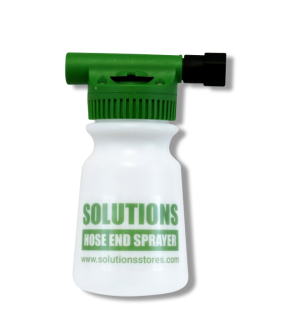Gain access to personalized product screening, the best pricing, rewards, and more!
Most Effective Products
Salamander Control: How to Get Rid of Salamanders
This page is an expert guide on getting rid of salamanders in your home using the products and methods suggested by our experienced pest control specialists. Follow this guide and use the recommended products. We guarantee you will successfully eliminate salamanders from your property.
Though rare, salamanders can invade your property for food and shelter if the conditions are right. Salamanders are amphibians that breathe through the surface of their skin and are generally moist to the touch. They are mostly found in water, gardens, and underneath rocks and tend to eat the meat of insects like worms, snails, and slugs.
Salamanders are most active during nighttime. While they are mostly harmless, some salamander species have teeth and can be poisonous. They also have a special ability to regenerate body parts, like their tail and limbs. Salamanders can become a problem when they start laying eggs because, before long, you'll have multiple salamanders to deal with.
If you encounter salamanders around your home, you can rid them of your property with our effective products and the expert advice provided below.
Identification

Before you can carry out any treatment measures, make sure you identify the pest you are dealing with is indeed a Salamander. Misidentification can lead to using the wrong treatment method, costing you time and money. Here are some identifying traits of Salamanders below:
- Salamanders are often mistaken for lizards because of their similar body shape and features, but they couldn't be more different. Lizards are reptiles, while salamanders are amphibians and more closely related to frogs.
- Salamanders, like frogs, are cold-blooded and have very moist and porous skin, while lizards' skin is more dry and scaly.
- They have long, slender bodies and tails, and most salamander types have four short legs extending from their bodies' sides.
- The size of a salamander varies depending on the species, but it is usually between 4 and 8 inches long.
- There are more than 400 known salamander species, and they can come in a wide range of colors. Some are bright and vibrant with stripes and spots, while others are plain, like olive or black.
Use the description above to properly identify salamanders on your property. If you are unsure, contact us; one of our pros will assist you with identification.
Inspection
Once you have confirmed you are dealing with salamanders, proceed with an inspection to pinpoint the areas where they are most active and what conditions are conducive to their selecting your property to explore. This will also help you to determine where to focus your treatment applications.
Where to Inspect
Since they are cold-blooded and moist, the salamander prefers to stay in areas with coolness and moisture. They would not be able to survive in dry areas. Salamanders also like to lay their eggs in water or wet places.
If you have salamanders present, there is a nice, moist, cool, and secluded area where they can thrive. Salamanders will stay either in water or on land in areas where they won't dry out, such as under logs or leaves, underground, patio slabs, or directly in water. If you have a garden, live near a pond or stream, or have areas where stagnant water develops, these are the prime areas to check out.
What To Look For
It would be best to look for adult salamanders or traces of their activities, such as the jellyfish-like egg sacs they like to lay on moist lawns.
Treatment
If you've spotted a salamander or you live somewhere where They are frequently seen, you need to address moisture problems around your home and reduce the insect population, which is the salamander's main food source.
We suggest laying out glue traps in and around the home and treating your yard and perimeter with Supreme IT to remove the salamanders' food and repel them from the area. This combination of insecticide and glue boards will chase salamanders away and keep them off your property.
Step 1: Set Up Glue Traps

Sticky cardboard traps are an effective, low-cost method of capturing salamanders around the home. Lay out a few Solutions Pro Glue Boards in the basement, around points of entry, in the yard, and near fences. This glue board comes in increments of 12, which is just enough for complete coverage around an average-sized home or property.
Simply peel off the wax paper and lay it in prime active areas. The glue board will likely capture some insects, and then a salamander may approach the glue board to eat the trapped bugs and get trapped themselves. After that, you can easily dispose of the glue board and salamander.
Step 2: Apply Supreme IT Insecticide

Part of reducing the likelihood of salamander activity is reducing insect activity since salamanders eat insects for their survival and may be frequenting your property because there are plenty of insect options to consume. Supreme IT is an insecticide concentrate designed to control over 70 insect pests and has repellent qualities. The best part about Supreme IT is its residual effect, as the product can remain effective for up to 90 days after application.
Mix Supreme with water in a gallon handheld pump or hose-end sprayer and apply 1 fl. oz. of Supreme per 1,000 sq. ft.
Spray a barrier treatment around entry points to your home, doors, and windows, on your yard turfgrass, and other problem areas. We recommended setting your nozzle to a fan spray setting for even coverage on grass and surfaces and a pin stream setting when spraying cracks and crevices. Avoid the treated areas until the product dries.
Supreme IT can help greatly reduce your insect problem, which will result in salamanders not wanting to stay around.
Prevention
After removing your salamander problem, keep the salamanders from returning by implementing preventative measures.
- Scan and observe every inch of your property from the outside and identify any cracks, holes, or widened fences from where the salamander can squirm their way into your home and yards.
- Block and seal all cracks, crevices, and holes with caulk. Seal them tightly and make sure fences have no gaps. This will make it difficult for salamanders and insects to trespass and invade your property.
- Do not water your lawn too frequently or with too much water, as this can reduce leaf litter and address moisture problems around your yard.
- We also recommend preventative treatments of Supreme IT around your home and yard to keep the insect problem under control, so salamanders won't have anything to entice them to return.
Key Takeaways
What is a Salamander?
- Salamanders are amphibians that can invade residential properties in moist, cool conditions and have many insects available to eat.
How To Get Rid of Salamanders in Your Yard or Home
- To capture salamanders, we suggest laying out several Solutions Pro Glue Boards around your home. Before long, they will be caught.
- You can also apply Supreme IT Insecticide to address insects in the area, eliminating the salamander food source.
Preventing Salamander Reinfestation
- Address moisture and insect problems, seal cracks and crevices, and perform a barrier treatment with Supreme IT insecticide concentrate to discourage salamander reinfestation.










